
Diversity Matters
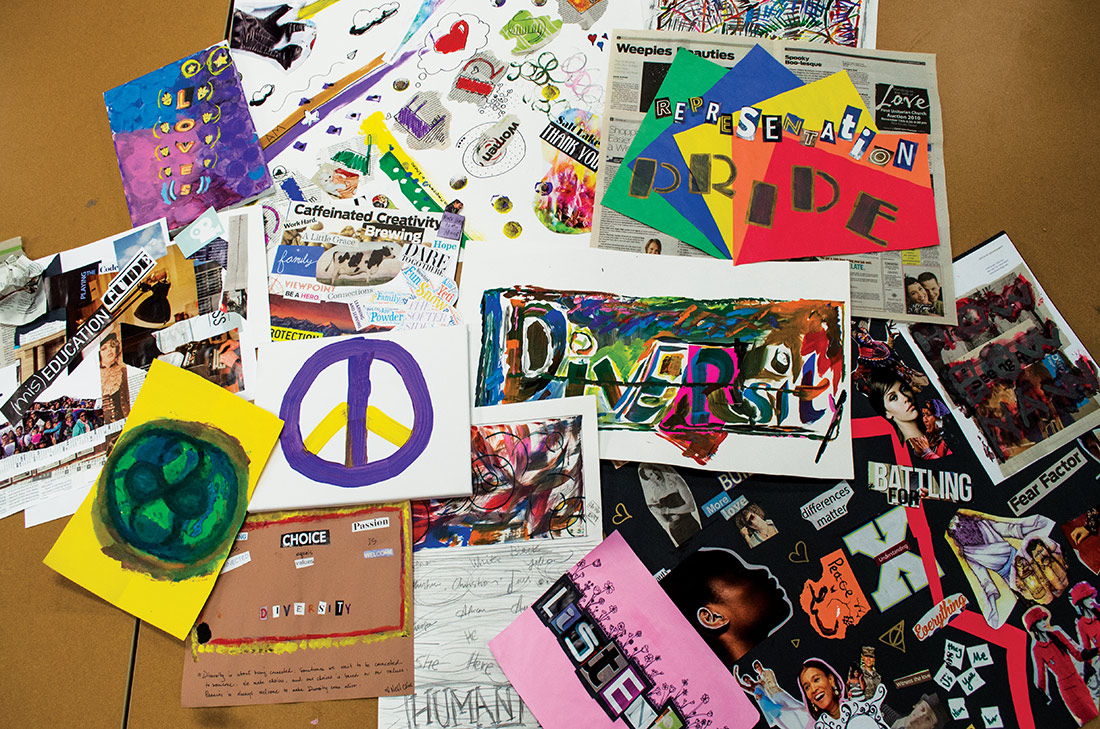
The Review editorial staff, in collaboration with the Student Diversity and Inclusion Center, invited the Westminster campus community to take time out of their day to participate in an art project asking, “What does diversity mean to you?” Some of the work produced is pictured throughout the story.
by Autumn Thatcher (MSC ’15)
art by Westminster Community*
Diversity
Individual differences (e.g., personality, learning styles, and life experiences) and group/social differences (e.g., race/ethnicity, class, gender, sexual orientation, nationality, and ability as well as cultural, political, religious, or other affiliations).
Inclusion
The active, intentional, and ongoing engagement with diversity—in the curriculum, in the co-curriculum, and in communities (intellectual, social, cultural, and geographical) with which individuals might connect—in ways that increase awareness, content knowledge, cognitive sophistication, and empathic understanding of the complex ways individuals interact within systems and institutions.
Venturing outside of our comfort zones can be a daunting thought. As individuals, we feel comfortable in environments where we see familiar faces: other people whose lived experience might be similar to our own because, on some level, they remind us of ourselves. Comfort in the known might make us feel safe on an individual level, but it does little to encourage personal growth. At Westminster, campus community members have made stepping outside of comfort zones a priority. To do this, the college is embracing diversity and inclusion and turning to experts to help create a place that is inclusive and welcoming for all.
While the college has much farther to go in terms of diversity and inclusion, concerted efforts are underway to generate awareness, encourage thought-provoking discussions, and provide educational opportunities for the campus community. Within the administration, new positions have been created with the goal of bringing diversity and inclusion to the forefront of decision-making and curriculum design. Students have raised their voices in the form of protests and activist campaigns, and many faculty members continue to offer themselves as allies and advocates for change.
“The research tells us that when individuals have a greater sense of belonging, they are more engaged in the classroom and in student activities, which then ultimately leads to them being able to persist through college, eventually graduate, and certainly go on to have larger impact,” says Dr. Marco Barker, associate vice president for diversity, equity, and inclusion. “As an institution that strives to create meaningful experiences for individuals on campus, part of our success with individuals who have these experiences is to ensure that they feel like they belong here.”
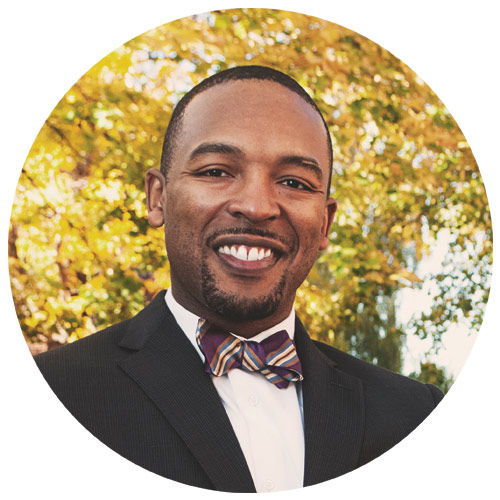
Marco joined the Westminster community in October 2016. An Arkansas native, he received a bachelor’s degree in engineering and then went on to earn an MBA from Webster University and a PhD in educational leadership and research with a focus in higher education from Louisiana State University. Marco says that his interest in diversity and inclusion was prompted by his own lived experience.
“I had these very interesting racial experiences growing up in Arkansas,” says Marco. “In the ’90s, my hometown was fairly segregated by both race and class. I attended a predominantly white university and had experiences with race and being called the n-word and being profiled by the police. Then, being the only African-American student in my first-year engineering course stuck with me.”
While at LSU, Marco was introduced to the topic of diversity and inclusion in higher education through both a college course and the realization that LSU had a chief diversity officer.
“I had my first race and gender course that completely blew my mind. I had not studied those topics during my undergraduate career because I was taking mostly engineering courses. A spark happened,” Marco says. “I realized that the world was much more complex than even I could understand and comprehend. Studying race and gender was certainly one way to make sense of it, but the fact that there was a profession where administrators were making sense of it really spoke to me.”
His interest grew into community involvement and activism. At LSU, he co-founded a program for African American/black male students and led the charge in diversity and inclusion at the University of North Carolina at Chapel Hill, where he formed a program for males who were Latino, Native American, or African American/black. It was there that he learned about the concept of intersectionality and began building new programs and developing institutional strategies that helped him transition to Westminster.
Intersectionality
The term intersectionality was coined by Kimberlé Crenshaw, a professor of law at UCLA and Columbia Law School. Crenshaw is a pioneering scholar in the areas of civil rights, black feminist legal theory, and racism and the law. As a basic definition, intersectionality describes how individuals may experience multiple and systemic forms of prejudice and oppression simultaneously, based on identity characteristics such as race, social class, gender, sexuality, (dis)ability, religion, and other salient locations of social group membership.
“I was impressed by the college’s strategic plan and the fact that it included diversity and inclusion,” Marco says. “Westminster is special in not only its size, but there is a certain culture here: wanting to be forward thinking and wanting to be in tune and responsive to what is happening nationally.”
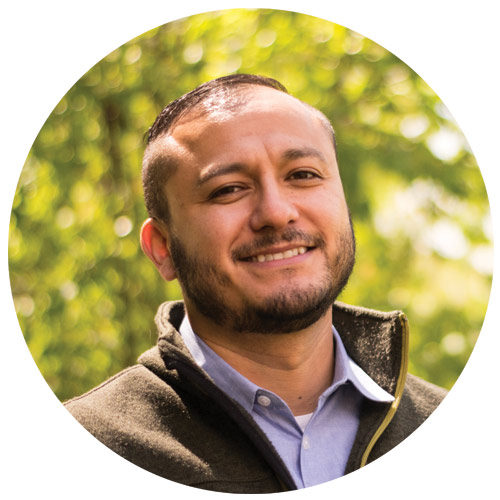
Paying attention to diversity and inclusion within the national climate is something that Daniel Cairo, director of the Student Diversity and Inclusion Center, says is crucial to creating a campus environment in which all students feel a sense of belonging.
“The national climate is full of uncertainty and anxiety for many people. If you are a person of color or a trans individual, or you somehow feel like you or your identities are marginalized, you are now living in a world where that uncertainty is super heightened,” Daniel explains. “Colleges and universities have always had to work at acknowledging diversity and creating inclusive spaces. The current climate has put pressure on higher education institutions to do that work more intently.”
As Daniel talks, students are hanging out at a group table outside of his office. They laugh at one another as they suck helium out of balloons and talk in strange voices. They call out to Daniel and beckon him to join them. Moments like these in the center make Daniel proud.
“People come and have a place to exist,” Daniel says of the Diversity and Inclusion Center. “To be able to go to a space—whether it’s one student or many—to go to a place and just exist, that stuff matters. I am really proud that in the last year we have been able to get the center back and running.”
Daniel’s own interest in higher education stemmed from his desire to work with other people. “Education gives you expanses and allows you to have interpersonal relationships with people that are meaningful, where we are all actively working to make sure that we are taking care of each other in our community,” he says.
Daniel received his bachelor’s degree in mass communication with a minor in ethnic studies—and a master’s degree in educational leadership and policy—from the University of Utah. He went to Chicago to pursue a PhD and was on track to be a tenured professor, but then he realized that he could still make a difference as an administrator. He went on to receive a second master’s degree in social foundations from the University of Illinois at Chicago.
In coming to Westminster, Daniel’s first priority was to develop a structure for the Diversity and Inclusion Center and transform it into a physical space for students from diverse backgrounds to gather and find familiarity.
“The day I was interviewing for this job, there was a student protest,” Daniel recalls. “I wanted to create a space where I could advise, coach, and mentor students in those places—not as a way to dissuade them from social and political activism, but as a way to coach them in how they could channel their energies.”
Over a year later, Daniel has developed the Diversity and inclusion Center into a space that invites students from all walks of life to feel welcome. His engagement with students has empowered them to translate their passions into action, such as the creation of Queer Compass—a space that supports queer students. He has also developed and built upon the Heritage Lecture Series and focused on the Legacy Scholars program to help retain and integrate first-generation students on campus.
In his role, Daniel seeks to not only empower students to channel their passions, but also create co-curricular programs that focus on issues of power, privilege, identity, and oppression and that encourage campus-wide engagement in exploring the many facets of diversity.
Privilege
An unearned special right, advantage, or immunity granted or available only to a particular person or group of people.
“These co-curricular programs create a space where students can find familiarity on a campus that might look very different from them,” Daniel says. “Diversity is acknowledging the different social identities that people have on campus. We need to see them in every fabric of our campus life. People who hold targeted identities have been existing and continue to exist here.”
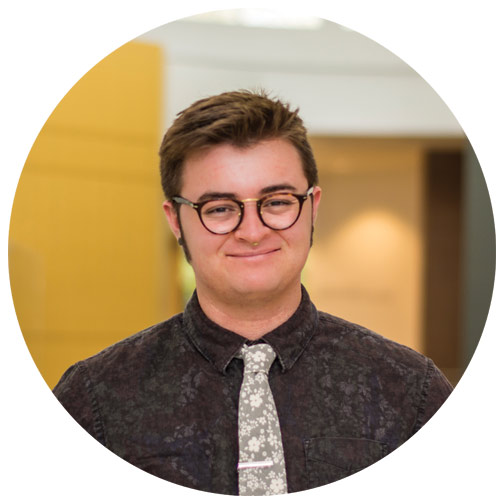
Individuals might often think of diversity and identity as limited to gender. Mainstream media has begun to offer diverse images of gender, including the experiences of trans* persons, in examples such as the Oscar-nominated film The Danish Girl, which tells the story of Lili Elbe, one of the first known recipients of gender-reassignment surgery, or in leading roles such as that of Sophia Burset in the Netflix series Orange is the New Black, portrayed by Laverne Cox, a self-identified black transgender actress who has advocated for the LGBTQ+ community throughout her rise to stardom. Cox also represents the way in which intersectionality plays a role in identity. While these examples certainly spark conversation around gender, they do not encompass every aspect of identity—especially as it relates to diversity.
trans*
the asterisk symbolizes the varying dimensions or spectrum where individuals may see their gender identity or sex (itspronouncedmetrosexual.com).
“We are seeing this vastness and variation in what diversity means,” Marco says. “Identity has become much more complex. We are hearing and seeing individuals who want to be identified in different ways—and certainly nonconforming ways—than we have seen before that now challenge institutions to think differently about how we provide student services and engage our campus community.”
Identity goes beyond gender. It is directly connected to culture and race and informs lived experiences. It points to intersectionality and invites exploration into our own individuality. It encourages breaking outside of societal norms and forces us to look beyond what we have been told and taught. It is an important part of creating an inclusive community.
Similar to many areas of diversity and inclusion, understanding the concept of identity requires being open to learning. Westminster alum, Emerson L.R. Barrett (’17), is dedicated to providing opportunities to learn more about topics such as identity, racial and social justice, marginalization, and the concept of privilege through art and activism.
While at Westminster, Emerson majored in sociology and minored in gender studies and art. His activism began the summer after his high school graduation, when he volunteered at a music collective doubling as an activist space and vegan kitchen that had several grassroots-organization affiliations. On campus, he was involved with creating a gender-inclusive–housing proposal that was motivated by his own experience as transgender/nonconforming. His activism evolved into a self-designed class project that resulted in a pledge to be a human and, ultimately, to the creation of the Activist collective, which initiated the Be a Human campaign.
“To me, a human means being aware of social issues, standing up and being an advocate, not just an ally,” Emerson says. “I wanted the pledge to cover not just queer issues but also race and ability.”
During his last few semesters at Westminster, Emerson worked with other students to exhibit three-month art installations in popular locations on campus that represented various areas within diversity such as racism, ability, and queer phobia.
“I wanted something that people had to sit with, not just pass by,” Emerson explains.
He also led a pronoun campaign in which he designed pronoun buttons and a pamphlet providing definitions for terms that campus members might not be familiar with.
“There are a ton of people doing really important work on campus,” Emerson says. “Diversity in higher education is always a tricky topic because people often misconstrue the different aspects of diversity. There is macro diversity of marginalized identities and micro diversity in ideology. When discussing these aspects of diversity in higher education, the focus should be on diversity of marginalized identities.”
Walking the diversity and inclusion walk certainly comes with its challenges. Within academia, the tendency is to sit around and have conversations. But conversations are not enough. Opportunities to engage are required for personal and community growth.
At Westminster, Dr. Tamara Stevenson, diversity, equity, and inclusion faculty fellow and associate professor of communication, is dedicated to finding ways to encourage this growth on campus for both faculty and students.
Equity
leveling the playing field for those from historically excluded and underrepresented populations
“It’s important for me to identify resources for Westminster faculty but, more important, to continue to raise faculty awareness that curriculum and pedagogy are culturally responsive to our students,” Tamara says.
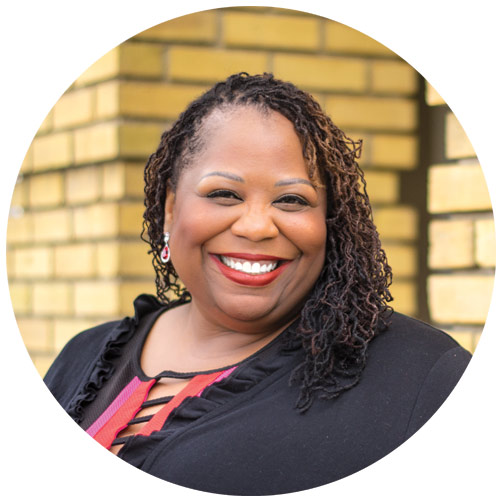 A native of Detroit, Tamara joined Westminster in 2012 as a postdoctoral teaching
fellow in speech. She was offered a full-time faculty position in communication one
year later. Prior to Westminster, she was a visiting professor in the Educational
Leadership program at Miami University in Oxford, Ohio, while completing her doctorate
in educational leadership at Eastern Michigan University. Tamara’s professional identity
as a scholar-practitioner who, through a critical race lens, examines the communicative
components of K–12 and postsecondary institutions as organizational instruments of
power is informed by her personal, academic, and professional background and experiences.
A native of Detroit, Tamara joined Westminster in 2012 as a postdoctoral teaching
fellow in speech. She was offered a full-time faculty position in communication one
year later. Prior to Westminster, she was a visiting professor in the Educational
Leadership program at Miami University in Oxford, Ohio, while completing her doctorate
in educational leadership at Eastern Michigan University. Tamara’s professional identity
as a scholar-practitioner who, through a critical race lens, examines the communicative
components of K–12 and postsecondary institutions as organizational instruments of
power is informed by her personal, academic, and professional background and experiences.
Tamara, who was recently promoted to associate professor in communication, is currently—and quite possibly in Westminster’s history— the only self-identified African-American female full-time faculty.
“Sometimes I find myself in a place where I am disrupting the status quo: even my very presence does that. Most days I am okay with that, especially when it happens on my own terms. In other instances, it can be daunting,” Tamara says. “But then I remind myself that, for the most part, I have a supportive environment and supportive colleagues, and I think there’s a collective agreement that we want to see diversity and inclusion advance for the betterment of the students and the college overall.”
Tamara became a diversity, equity, and inclusion fellow in 2015. Since her appointment, she has dedicated much of her time to the Bastian Foundation Lecture Series, which brings in guest speakers from around the nation to address issues within diversity and inclusion. Before the 2016 presidential election, the series brought veteran Democratic political strategist and interim chair of the Democratic National Committee, Donna Brazile, to campus.
A first-generation student, Tamara says that acknowledging the lived experiences of others is an important piece of understanding diversity.
“As institutional members, it is really necessary for us to engage in not just educating ourselves, but acknowledging that people have different lived experiences and those different lived experiences influence how they behave, how they perceive, and what they center in terms of their identity,” Tamara says. Creating resources for campus community members is an important step.
“We have to work more diligently on gathering resources for campus members. That includes students and faculty,” Tamara says. “We have courses and access through reading resources, but I would really like to see something more comprehensive and centered on our campus.”
Looking to the future of diversity and inclusion at Westminster, Marco plans to finalize a diversity and inclusion statement and engage faculty and staff in identifying ways to move the discussion forward. Getting involved in diversity and inclusion and creating an environment that speaks to the many different lived experiences that constitute Westminster’s community means being unafraid to ask questions. Involvement means speaking up when witnessing someone being mistreated because of skin color, identity, or ability. It means taking into consideration why placing a socially constructed symbol of a gender on a bathroom door and then forcing people to use one designated stall over another might be offensive. It means reading and conversing, practicing patience, and always looking for more, because, in this great work, the journey does not end. It bends and weaves, goes up and down over obstacles and through painful experiences. The journey is part of forming a community that seeks to support rather than marginalize, to expand and to grow, to evolve into something greater than ourselves.
“There are many change agents across our campus that we may or may not see who in their own ways are committed to this work,” Marco says. “My hope is that we get to a place where collectively as a campus, we’re having many more learning opportunities and living our diversity statement and commitment to an inclusive Westminster—whether that’s through programming or traditional education experiences—that we are doing the work of making Westminster more inclusive together and being able to have dialogue across those perspectives—even if the conversation may be difficult.”

Ask me about my pronouns
Text and art by Emerson L.R. Barrett (’17)
Beyond the Binary
Activists at Westminster College are working to go beyond the binary. That means that we recognize that there are many gender identities besides man and woman. This includes, but is not limited to, non-binary, genderqueer, demiboy/demigirl, genderfluid, and agender. There are additional gender nonconforming terms, such as Hijra and Two-Spirit, that require extra research and consideration to avoid Eurocentric appropriation.
Gender Neutral Pronouns
There are also gender-neutral pronouns for people who do not identify with either of the binary genders. These include but are not limited to: they, ze, xe, and ey.
Why Are They Important?
Using individuals’ pronouns shows them that you are mindful and respect their gender identity. If you use the wrong pronoun for someone, that is called misgendering. This term refers to the accidental or purposeful gendering of someone that does not match up with that person’s gender identity. Being misgendered can make a gender nonconforming person feel dysphoric. Along with other social factors, gender dysphoria leads to feelings of isolation and a high rate of suicide in the gender-nonconforming community. Using gender-neutral pronouns takes some getting used to, but together we can make our campus a habitable space for everyone.
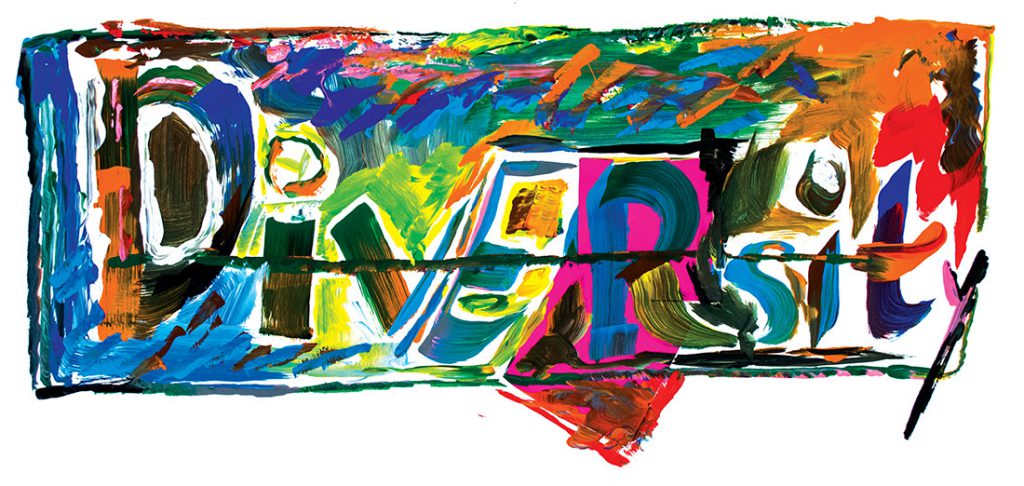
Terms To Know
Economic Diversity: response to low socioeconomic status and working-class populations
Racialized Diversity: identification of racial exclusion at all levels of the institution
Centric Diversity: focus on a particular cultural group
Universal Diversity: support for diverse groups broadly with no specific focus
Bias: attitudes and stereotypes developed over time. May operate in positive or negative ways
Microaggression: microassaults, microinsults, and/or microinvalidations. Subtle acts that imply and/or assume a deficit, stereotype, or one cultural norm
Stereotype threat: risk of performing in ways that may support a negative stereotype or an expectation
Cisgender: someone who identi-fies with the gender assigned at birth
Transgender: someone who does not identify with the gender assigned at birth
Non-binary: someone who iden-tifies outside the binary of woman and man
Outing: the act of revealing some-one’s sexuality or gender identity without that person’s consent
Inclusive Excellence: Addressing how diversity, inclusion, and equity are critical to achieving excellence in learning, teaching, student development, and engagement in local and global communities and further integrating these concepts into institutional mission, efforts, and operations.

Student organizations on campus
- Alphabet Soup
- Black Student Union
- Latinx
- Queer Compass
Inclusion in Action
- Use inclusive language in mission statements, websites, and job advertisements.
- Conduct honest evaluations of the workforce (what voices are heard, what is the dynamic, who receives professional growth, how do you conduct searches/reviews).
- Find opportunities to attend trainings and workshops to enhance understanding of diversity issues.
- Create work groups/ interest groups; or, with your entire team, engage in conversations on diversity and inclusion.
- Create spaces to appreciate diversity within the department (bulletin boards, newsletters, etc. to clearly communicate what you value).
- Adopt an appreciative inquiry approach.
(Cooperrider & Srivastva, 1987; Martinez, 2002)
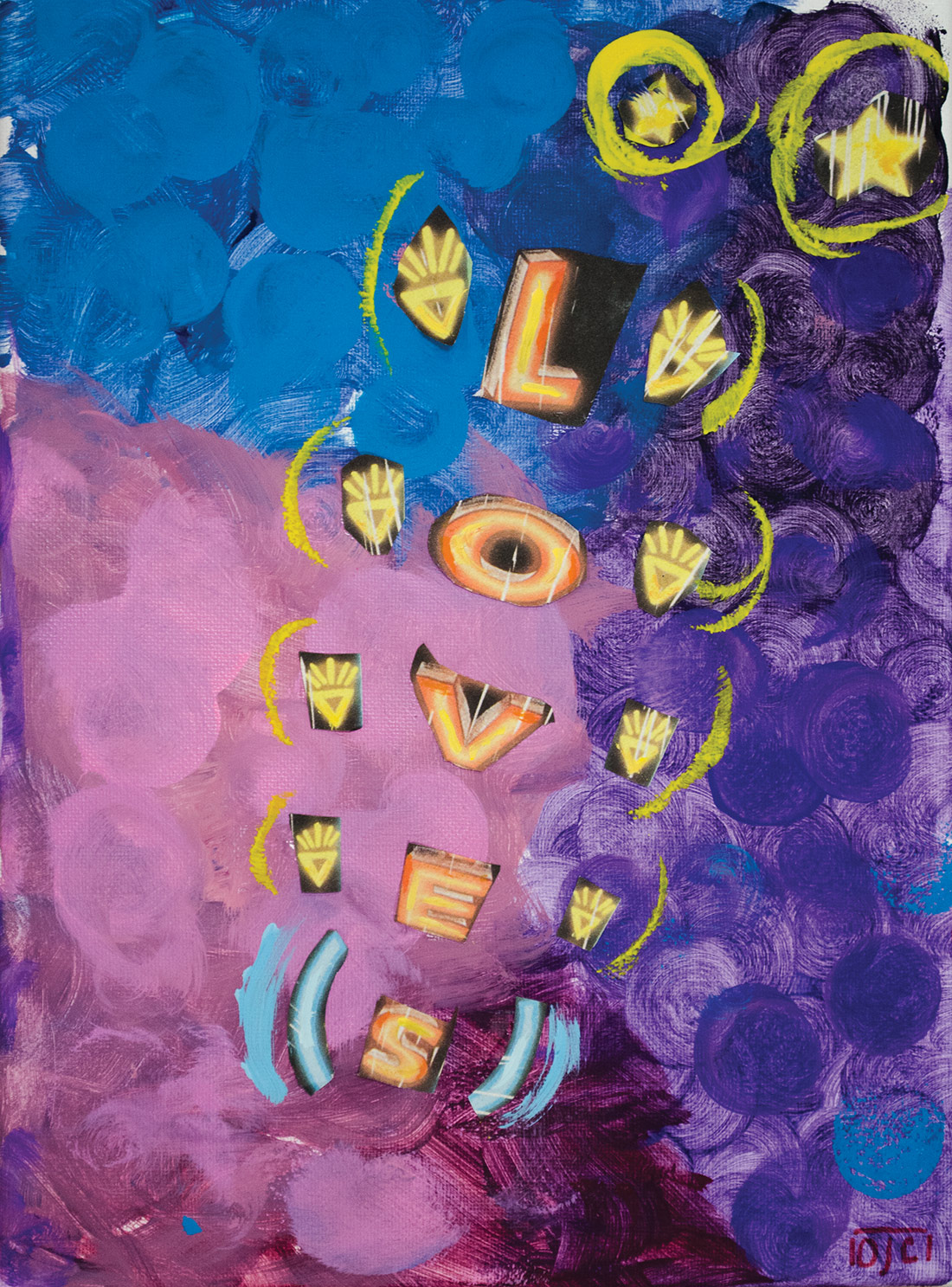
About the Westminster Review
The Westminster Review is Westminster University’s bi-annual alumni magazine that is distributed to alumni and community members. Each issue aims to keep alumni updated on campus current events and highlights the accomplishments of current students, professors, and Westminster alum.
GET THE REVIEW IN PRINT STAY IN TOUCH SUBMIT YOUR STORY IDEA READ MORE WESTMINSTER STORIES